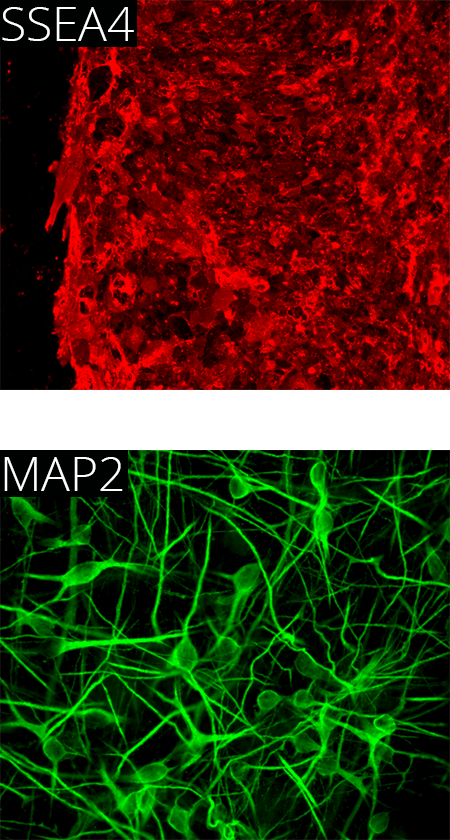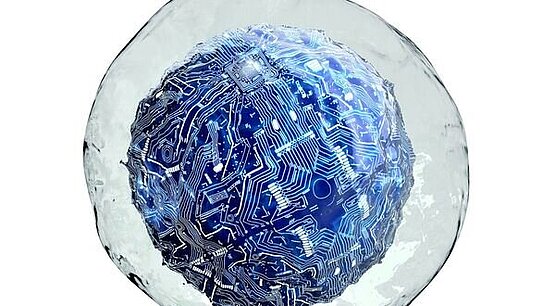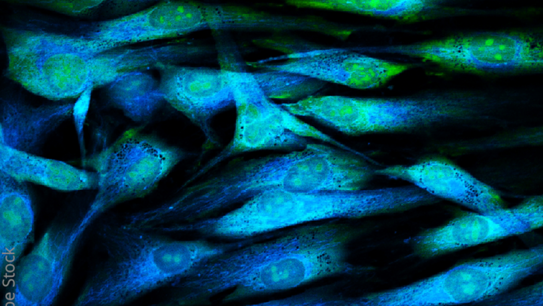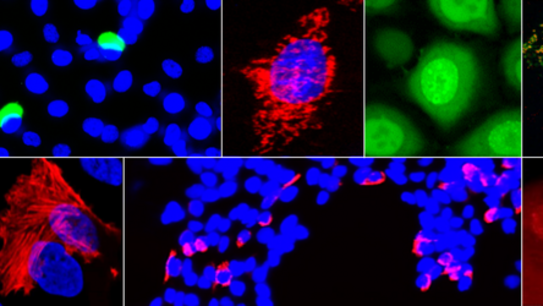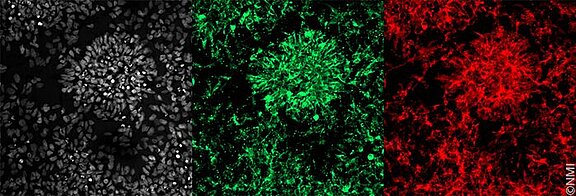
hiPSC Disease Modeling

Group Leader (dep.) Cell- and Molecular Biology
We provide versatile and customer-tailored services for the generation and in-depth analysis of quality controlled hiPSC-derived disease models and reporter lines.
Starting points for model generation
- Biopsy material (e.g. skin, blood) from clinically diagnosed individuals for the generation of hiPSCs and derived cell types
-
Benefit from a patient's genetic background
-
Identify and validate disease-causing or - modulating targets and associated mechanisms
-
- Generation of synthetic disease models and isogenic lines based on well characterized healthy donor lines by CRISPR/Cas9 genome editing
- Build your custom and barcoded disease model
- Test your drug candidates/lead compounds in human in vitro models with increased predictivity
Phenotypic analyses of hiPSC-derived disease models
-
Benefit from a wide range of robust differentiation protocols (using forced expression of transcription factors or the application of small molecules/growth factors/morphogens)
-
Choose from 2D and/or 3D differentiation strategies and models
-
Apply a diverse set of image-/microscopy-based, plate-reader assisted or protemoics approaches for in-depth description, characterization and analysis of your model
-
Gain valuable insights into gene expression alterations and models' cellular composition via single cell Sequencing (scSeq; in cooperation with CeGaT GmbH)

